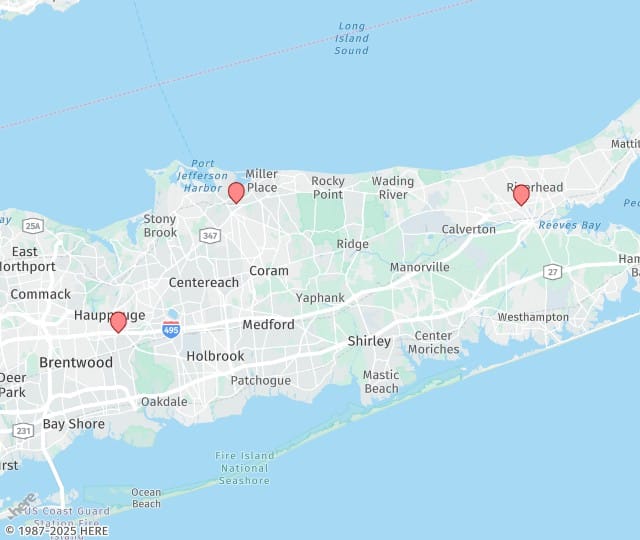An aneurysm is a bulge in the artery wall. Arteries are blood vessels that carry blood and oxygen from the heart to other parts of the body. Arteries may become weakened by a condition called atherosclerosis, which is the hardening and narrowing of the arteries due to the buildup of plaque. Smoking and high blood pressure also damage and weaken the walls of the aorta, possibly leading to an aortic aneurysm. A family history and certain genetic conditions may put some people at risk for developing an aortic aneurysm.
An aortic aneurysm can form in arteries throughout the body, but most occur in the aorta. Starting in the heart and continuing through the chest and abdomen to the legs, the aorta is the body‘s largest blood vessel. An aneurysm that occurs in the lower section of the aorta is known as an abdominal aortic aneurysm. If the aneurysm occurs in the portion of the aorta in the chest, it is called a thoracic aortic aneurysm. If an aneurysm bursts, it can cause dangerous, life-threatening internal bleeding.
Symptoms of an Aortic Aneurysm
An aneurysm may expand slowly or quickly, or may stay the same size for many years. They often develop without any warning signs and the symptoms may vary depending on the location. Symptoms of a thoracic aortic aneurysm may include:
Symptoms of an abdominal aortic aneurysm include:
A burst or ruptured aneurysm is a serious and life-threatening condition. Signs of a ruptured aneurysm may include: sudden and intense pain in the abdomen, chest, jaws or neck, dizziness, sweating, low blood pressure and difficulty breathing. A ruptured aneurysm is a medical emergency and if individuals experience any of these symptoms, they should seek immediate medical treatment.
Diagnosis of an Aortic Aneurysm
In most cases, an aortic aneurysm is detected during a routine exam or while testing for another condition, such as during an X-ray or ultrasound. If an aneurysm is suspected, the doctor performs an echocardiogram or aortic ultrasound to confirm this diagnosis. Patients at risk for this condition, including smokers and those over the age of 60, should be screened regularly for an aortic aneurysm through imaging tests or genetic testing. If an aneurysm is discovered, it is monitored closely. Many remain small and never rupture. A large, fast-growing, leaking or painful aneurysm may require surgery. Surgery is performed immediately on an aneurysm that threatens imminent rupture or has already ruptured, although a successful outcome is far less likely once the vessel has burst.
Treatment of an Aortic Aneurysm
Treatment for an aortic aneurysm depends on the size and severity of the condition, as well as the patients overall health. Medications are often prescribed as an initial treatment to help lower blood pressure, relax blood vessels and reduce the risk of rupture. Beta blockers and calcium channel blockers are most commonly prescribed for an aortic aneurysm. In some cases, surgical repair may be necessary.
Aortic Endovascular Stent Grafting
In an endovascular stent-grafting procedure, a small metal cylinder called a stent is implanted in the artery to provide a strong new vessel wall. During the procedure, a thin tube called a catheter is guided up the aorta to the site of the aneurysm. A balloon on the end of the catheter helps fit the stent into place. The catheter is then removed. The aneurysm generally shrinks around the stent as time passes.
Open Aneurysm Repair
Open aneurysm repair is a surgical procedure used to treat an aneurysm. It involves making an incision in the abdomen or chest, removing the section of the artery with the aneurysm, and replacing the excised segment with a graft made of a synthetic tube.
Endovascular Repair
In endovascular repair, the doctor uses a catheter to insert a graft into the aorta to strengthen it. This is a less-invasive procedure that does not require surgically opening the chest or abdomen.
If other heart-related problems are contributing to the aneurysm, a doctor may recommend additional surgery to repair or replace damaged heart valves to stop the aneurysm from worsening.
Prevention of an Aortic Aneurysm
While all aortic aneurysms cannot be prevented, there are lifestyle modifications that patients can take to reduce their risk. It is important to:
People who are at high risk for aneurysms may benefit from routine screening.
